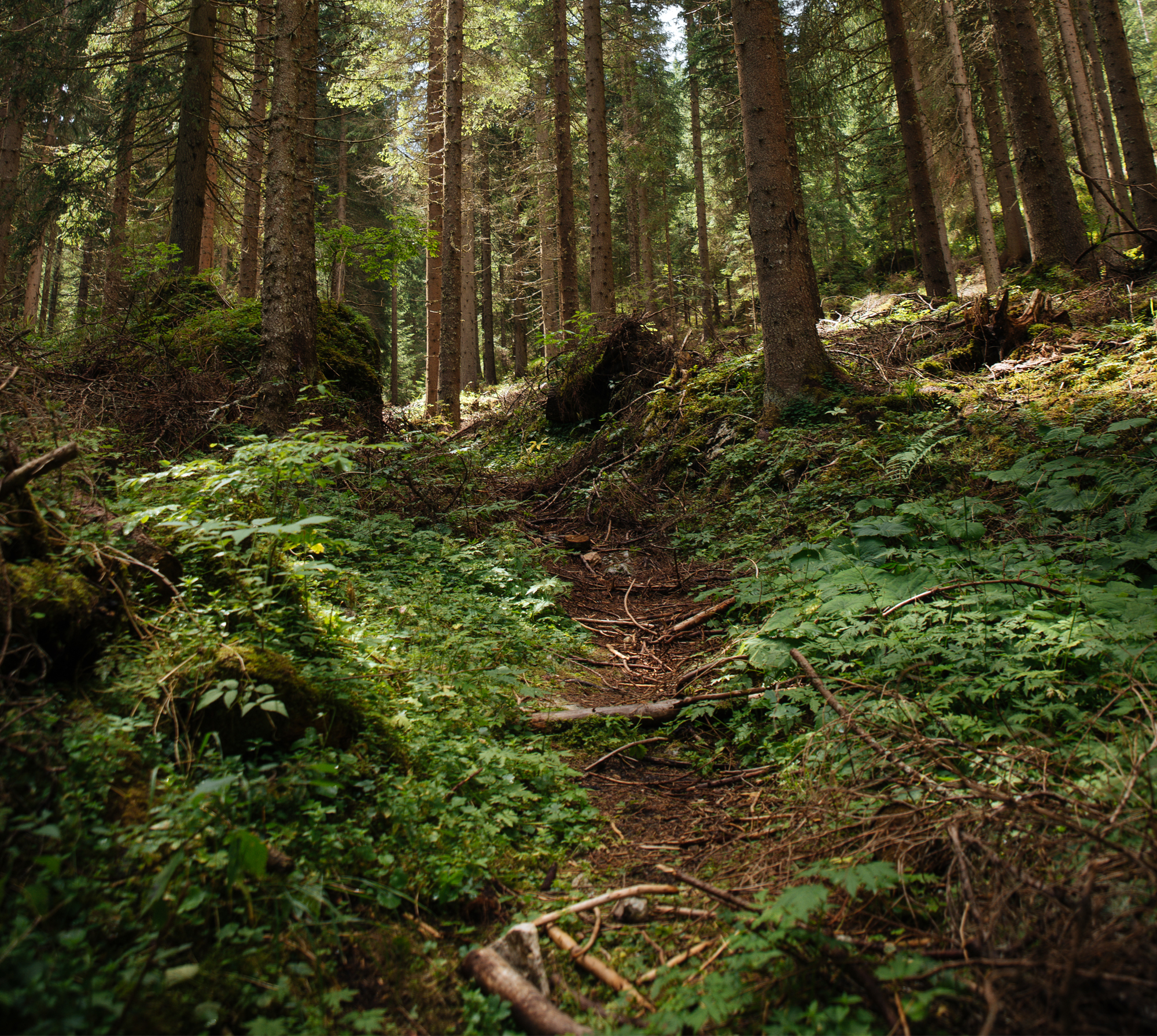
Air temperature as a determinant of the forest line in the Tatras
Autorzy
- Jarosław Baranowski Institute of Geography and Spatial Organization, Polish Academy of Sciences, Department of Geoecology and Climatology, Twarda 51/55, 00-818 Warszawa, Poland
-
Stanisław Kędzia
Institute of Geography and Spatial Organization, Polish Academy of Sciences, Department of Geoenvironmental Research, św. Jana 22, 31-018 Kraków,
e-mail: kedzia@zg.pan.krakow.pl
Abstract
The forest line has been widely studied by a number of scientists representing various research disciplines. Changes in its position are an indicator of climate change. However, despite numerous studies, it is not always known what has the greatest influence on the position of the forest line. In the Tatras, which are Alpine mountains, the position of the forest line in places not disturbed by human activity or slope processes mainly depends on the annual mean air temperature and the number of days with negative temperature and its value in the warm season. The most unfavourable thermal conditions are found at the bottoms of concave landforms, just above the forest line. This thermal barrier effectively limits the upward movement of the forest line, even if the average annual temperature increases. Small concave landforms may have a higher vertical temperature gradient and lower air temperature values at their bottoms than larger and higher-lying forms.
| DOI | 10.2478-ffp-2021-0021 |
|---|---|
| Source | Folia Forestalia Polonica, Series A – Forestry |
| Print ISSN | 0071-6677 |
| Online ISSN |
2199-5907 |
| Type of article |
original article |
| Original title |
Air temperature as a determinant of the forest line in the Tatras |
| Publisher | The Committee on Forestry Sciences and Wood Technology of the Polish Academy of Sciences and the Forest Research Institute in Sekocin StaryAir temperature as a determinant of the forest line in the Tatras |
| Date | 19/09/2021 |
- Kozak I., Parpan T., Yuriy S., Mylenka M., Kozak-Balaniuk I. Using FORDRY model to forecast transformation of Norway spruce (Picea abies (L.) Karst.) stands in Nadsyansky Regional Landscape Park (Ukrainian Carpathians)
- M. Zhezhkun M., L.V. Demianenko L. Current state and productivity of age-old experimental plantations of prof. V.D. Ogievsky in the northeastern part of Ukraine
- Baranowski J., Kędzia S. Air temperature as a determinant of the forest line in the Tatras
- Staszel K., Błońska E., Lasota J. Slope aspect and altitude effect on selected soil organic matter characteristics in beskid mountains forest soils
- Dąbrowska G., Dąbrowski H., Szyp-Borowska I. Genetic diversity of Betula nana in Sweden and conservation implications for protection of relict Polish populations
- Maksimtsev S., Dudarets S., Yukhnovskyi V. Accumulation of heavy metals in soil and litter of roadside plantations in western Polissia of Ukraine
- Zaniewski P., Ciurzycki W., Zaniewska E. The proposal of a new provisional border of range of the acidophilous oak forest Calamagrostio arundinaceae-Quercetum petraeae hartm. 1934 Scam. et Pass. 1959 in central Poland
- Rychert K., Wielgat-Rychert M., Matviikiv A., Kryvoshei Y., Parfeniuk A. Planktonic communities in a small post-peat reservoir (Ustka Forest District, Poland)

